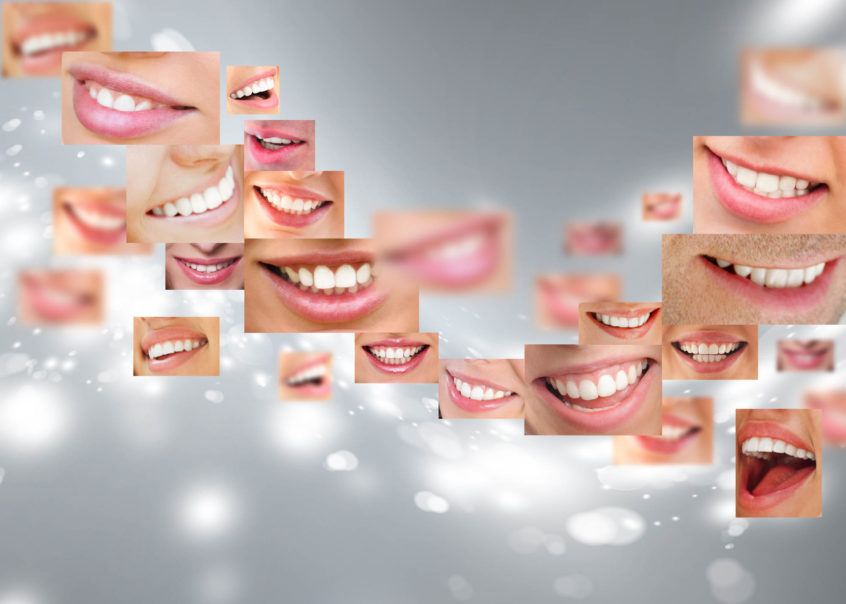The recommendations of the American Dental Association help children and adults maintain a proper oral hygiene routine. Following the guidelines of the American Dental Associations results in a reduction in cavities, reduced plaque, and improved oral hygiene. Also, studies are revealing that excellent oral care not only plays a role in the health in our teeth and gums but that oral hygiene is linked to a person’s overall health.
Which diseases are linked to poor oral health?
Cardiovascular disease
Studies show that dental patients with periodontitis are much more likely to suffer from cardiovascular diseases; in fact, gum disease sufferers are nearly twice as likely to suffer from coronary artery diseases than those without gum disease. A study organized by Florida Atlantic University’s Charles Hennekens revealed the more plaque that is removed from teeth, the lower the inflammation rate in the gums. Lower inflammation rates are associated with reduced risk of stroke and heart attack.
Respiratory diseases
The Journal of Periodontology published a study that connected respiratory diseases such as pneumonia and COPD with poor oral hygiene. The respiratory infections can occur when overgrown bacteria from the mouth travels through the respiratory system and settles in the lungs.
Dementia
Like the bacteria that is inhaled into the lungs from the mouth, bacteria can also travel to the brain via the nerve that connects the jaw and brain. Researchers have made the link between plaque associated with Alzheimer’s and oral plaque.
Diabetes
Researchers continually link diabetes with gum disease. Not only are diabetics more likely to suffer from gum disease, but having gum disease makes it harder to control blood sugar.
Tips for improving oral hygiene and reducing risk of these diseases
While it may be an eye-opening experience to learn how poor oral health can negatively affect your overall health, there are a few steps to take to improve your oral health and therefore reduce your risk for contracting these diseases.
Use mouthwash
Routinely using a high-quality, ADA-approved mouthwash will freshen your breath while fighting plaque and gingivitis. For optimum results, use mouthwash twice a day and swish for at least 30 seconds, and doing so can reduce the threat of gum disease by up to 60 percent.
Floss first
While many people think of flossing as a sequel to brushing, flossing is more effective when done before brushing. Flossing first allows you to brush away any food or plaque that was stuck between your teeth. For on-the-go convenience, you can stow a travel bag of flossing picks in your car.
Use the right brush and toothpaste
The brush you choose plays a vital role in your gum health. For optimum gum health, select a brush with soft bristles as soft bristles are less abrasive on sensitive or bleeding gums. Whether you purchase sensitive or regular strength toothpaste, make sure your favorite tube clearly lists fluoride as an ingredient.
Regularly visit your dentist
Excellent oral care extends beyond just your home. Visiting your dentist for routine cleanings is a cornerstone of a healthy oral care plan. In addition to your regular cleaning, your dentist is trained to spot any problem areas before they get out of control. Spotting the early signs of gum disease is an excellent way to reduce your risk of developing a disease associated with poor oral health.
If you have any questions about improving your oral health, speak with your dentist today.

